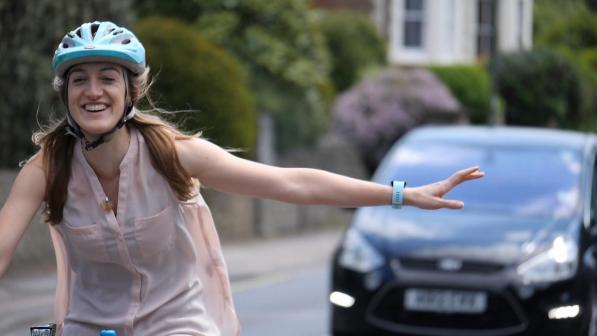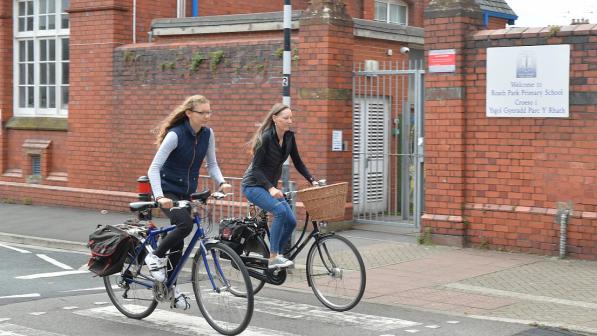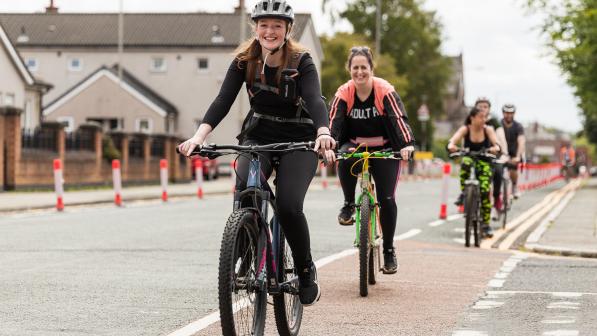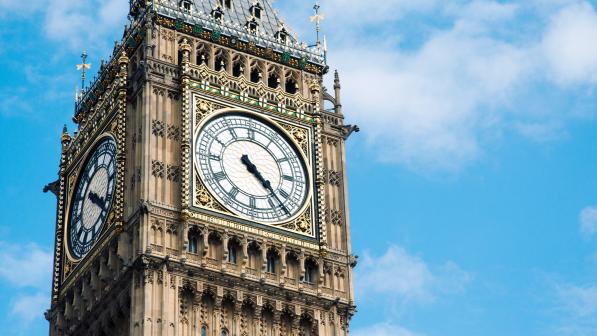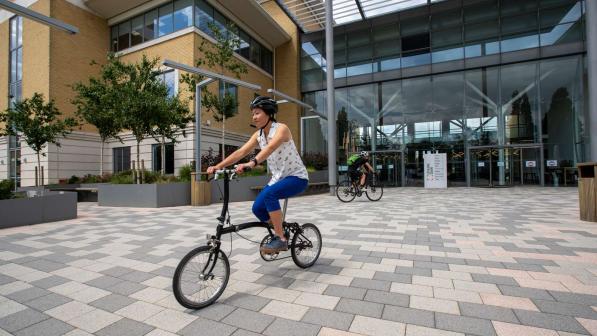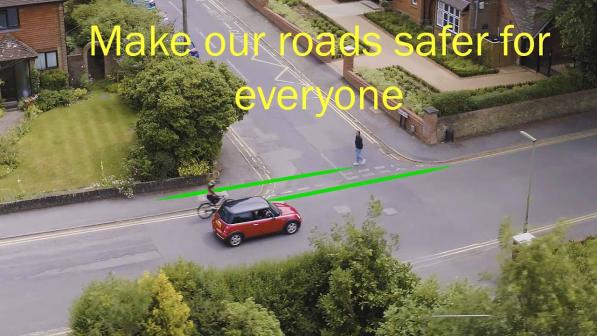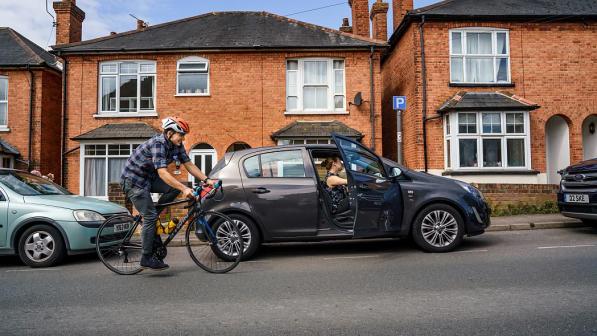'Biggest response ever' to Cycling UK's campaign for a safer Highway Code

On Tuesday at midnight, the three-month consultation for the Highway Code Review came to a close, ending one more chapter in the long push to create a safer Highway Code for people cycling and walking. Alongside other active travel organisations, Cycling UK has been campaigning for years for a review of the Code, particularly on a number of key rules relating to close passing, priority at junctions and the concept of a ‘hierarchy of responsibility’. You can read our full consultation response online.
It has been fantastic to see so many of our members and supporters showing their shared support for these changes, with more than 16,500 individuals taking part in our online action, sending a powerful message to the government.
This is the biggest response we’ve ever seen to a Cycling UK campaign, but just as significant as the number of responses is the wide variety of road users they represent. Of those 16,500, 15% said that cycling is their only mode of transport and responded as ‘cyclists’ – the other 85% represent people who also approach the Highway Code as drivers, pedestrians, or both.

We already know that most people who cycle also drive, but these figures are really useful to counter the common trope that ‘drivers’, ‘cyclists’ and ‘pedestrians’ are all distinct groups of people, as opposed to often being the same people at different moments and on different days.
As well as these individual responses via our action, we know that many other supportive voices responded directly to the Department for Transport, including a wide range of local cycling campaign groups.
These figures are really useful to counter the common trope that ‘drivers’, ‘cyclists’ and ‘pedestrians’ are all distinct groups of people, as opposed to often being the same people at different moments and on different days
What happens next?
We now await the Department for Transport’s response to the consultation, and the public support should help give them the confidence to push ahead with changes that will make our roads safer for everyone.
The Highway Code provides the framework for how we all use the roads, and any changes will feed directly into driving tests and lessons, helping ensure a new generation of drivers have a better understanding of how to interact with people cycling.
And despite not creating new offences, the changes should also influence the police and both civil and criminal courts in assessing, for example, whether a close pass amounts to ‘careless driving’, or whether civil liability for a left hook collision lay with a driver or not.
But simply changing the Code will not be enough.
From the start, we’ve been clear that any changes must be accompanied by a comprehensive, well-funded and far reaching educational publicity campaign, which speaks to all road users to ensure they are familiar with the new rules.
The changes need to be communicated in an engaging manner through a wide variety of media, ensuring road users don’t just understand the new rules, but also understand why they’re important.
With that in mind, this campaign is certainly not over, and we will continue to work with the Department for Transport to help finalise wording where necessary, and to push for such a communication campaign, as well as doing what we can to help communicate the changes to road users ourselves.
If you want to get involved in our campaigning, why not take this opportunity to write to your local paper in support of cycle lanes, or if you want to stay up to date with this and other campaigns, why not sign up to our monthly Cycle Campaigning Newsletter, or our weekly CycleClips Newsletter.
